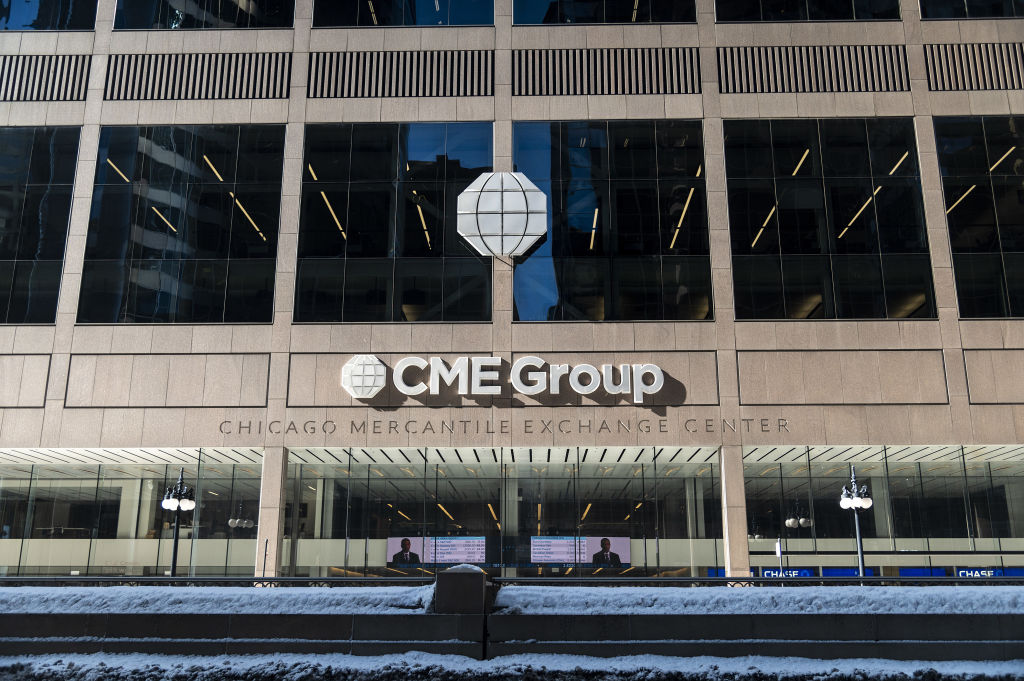Why Sezzle's shares may be overvalued
Sezzle, the US buy-now-pay-later provider, is resting on shaky foundations. Is it time to sell this stock?


One of the most controversial areas of the financial technology (fintech) sector is buy-now-pay-later, or BNPL. Like traditional consumer financing schemes, BNPL allows a firms’ customers to buy goods without paying for them upfront; the company essentially lends them the purchase price. However, instead of the company having to provide the capital, and take on the risk that the purchaser won’t be able to pay, a BNPL provider uses its own money, assuming the credit risk, in exchange for a cut of the sale price.
BNPL’s supporters argue that it can be a win for all concerned, with consumers getting hassle-free access to a wider range of goods and merchants making more sales. Of course, BNPL firms hope that the money they get from the loans and merchant fees will more than compensate for any defaults. It has certainly proved popular, with research suggesting that the value of BNPL loans in the US will eclipse $100 billion for the first time in 2025. However, the worry is that it may encourage people to borrow beyond their means. What’s more, from an investor’s point of view, the quality of some of the loans that BNPL firms provide are a cause for concern.
A case in point is the American BNPL provider Sezzle (Nasdaq: SEZL). Originally listed in Australia, Sezzle changed its listing to the US 15 months ago. Between May and November 2024 the share price rose tenfold thanks to soaring revenue growth and the fact that it now says that it is making money. However, sceptics, such as short seller Hindenburg Research, argue that these profits depend on whether it is correctly estimating the percentage of loans that will default. If the loans do worse than expected – either thanks to bad lending practices or a general economic downturn – then these profits could very quickly disappear.
MoneyWeek
Subscribe to MoneyWeek today and get your first six magazine issues absolutely FREE

Sign up to Money Morning
Don't miss the latest investment and personal finances news, market analysis, plus money-saving tips with our free twice-daily newsletter
Don't miss the latest investment and personal finances news, market analysis, plus money-saving tips with our free twice-daily newsletter
The quality of the loan book isn’t the only thing investors are worried about. All the evidence suggests that the number of merchants signed up with Sezzle has actually gone down over the past three years, with several partnerships with major companies such as Target failing to materialise. There have also been complaints about Sezzle allegedly making it very easy for users to sign up to its premium subscription service by accident.
Are Sezzle's shares overvalued?
The shares look overvalued too. They are on 24.5 trailing earnings and a price-to-sales ratio of 5.75, which is relatively high for a technology firm, and higher than most other BNPL firms.
There are also signs that the market is beginning to reconsider Sezzle, especially after it decided to issue some more shares in November, possibly suggesting that even Sezzle’s management thinks it is overvalued, or that it wants to have more cash on hand to cover losses from loans. Already Sezzle is down by more than half from its November peak. With the company now trading well below its 50-day moving average, I suggest shorting it at the current price of $228 at £10 per $1. In that case, cover your position if it went above $318, which gives you a total downside of £900.
This article was first published in MoneyWeek's magazine. Enjoy exclusive early access to news, opinion and analysis from our team of financial experts with a MoneyWeek subscription.
Get the latest financial news, insights and expert analysis from our award-winning MoneyWeek team, to help you understand what really matters when it comes to your finances.

-
 Boost for over 100,000 families on Child Benefit as new HMRC payment system rolled out
Boost for over 100,000 families on Child Benefit as new HMRC payment system rolled outThousands of households will no longer have to pay the dreaded High Income Child Benefit Charge through self-assessment
-
 Are you being haunted by the ghost of Christmas past? How festive cutbacks could boost your long-term wealth
Are you being haunted by the ghost of Christmas past? How festive cutbacks could boost your long-term wealthThe average family spends around £1,000 over the Christmas season. Here’s how much you could have gained if you had invested some of the money instead.
-
 Coreweave is on borrowed time
Coreweave is on borrowed timeAI infrastructure firm Coreweave is heading for trouble and is absurdly pricey, says Matthew Partridge
-
 Circle sets a new gold standard for cryptocurrencies
Circle sets a new gold standard for cryptocurrenciesCryptocurrencies have existed in a kind of financial Wild West. No longer – they are entering the mainstream, and US-listed Circle is ideally placed to benefit
-
 Profit from other investors’ trades with CME Group
Profit from other investors’ trades with CME GroupCME Group is one of the world’s largest exchanges, which gives it a significant competitive advantage
-
 Investors need to get ready for an age of uncertainty and upheaval
Investors need to get ready for an age of uncertainty and upheavalTectonic geopolitical and economic shifts are underway. Investors need to consider a range of tools when positioning portfolios to accommodate these changes
-
 How much gold does China have – and how to cash in
How much gold does China have – and how to cash inChina's gold reserves are vastly understated, says Dominic Frisby. So hold gold, overbought or not
-
 Debasing Wall Street's new debasement trade idea
Debasing Wall Street's new debasement trade ideaThe debasement trade is a catchy and plausible idea, but there’s no sign that markets are alarmed, says Cris Sholto Heaton
-
 Who is Rob Granieri, the mysterious billionaire leader of Jane Street?
Who is Rob Granieri, the mysterious billionaire leader of Jane Street?Profits at Jane Street have exploded, throwing billionaire Rob Granieri into the limelight. But it’s not just the firm’s success that is prompting scrutiny
-
 Beware the bubble in bitcoin treasury companies
Beware the bubble in bitcoin treasury companiesBitcoin treasury companies are no longer coining it. Short this one, says Matthew Partridge